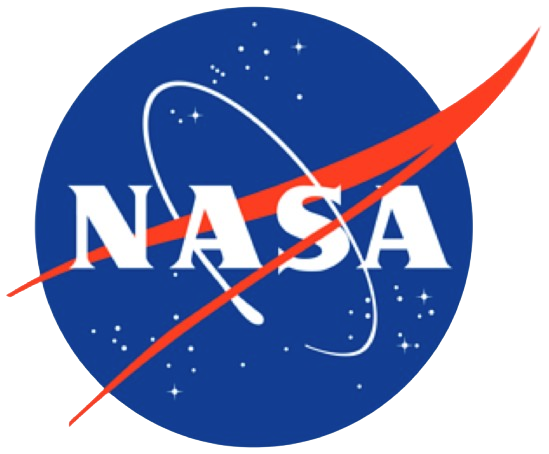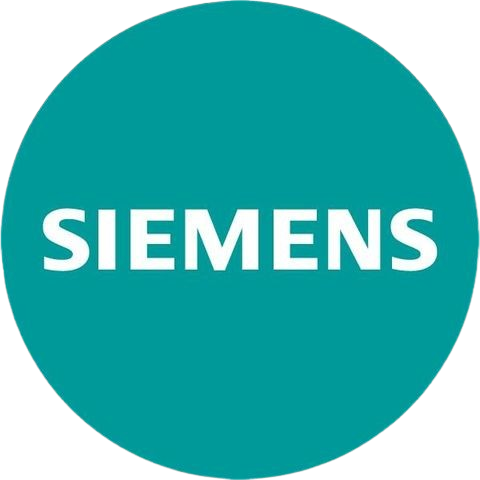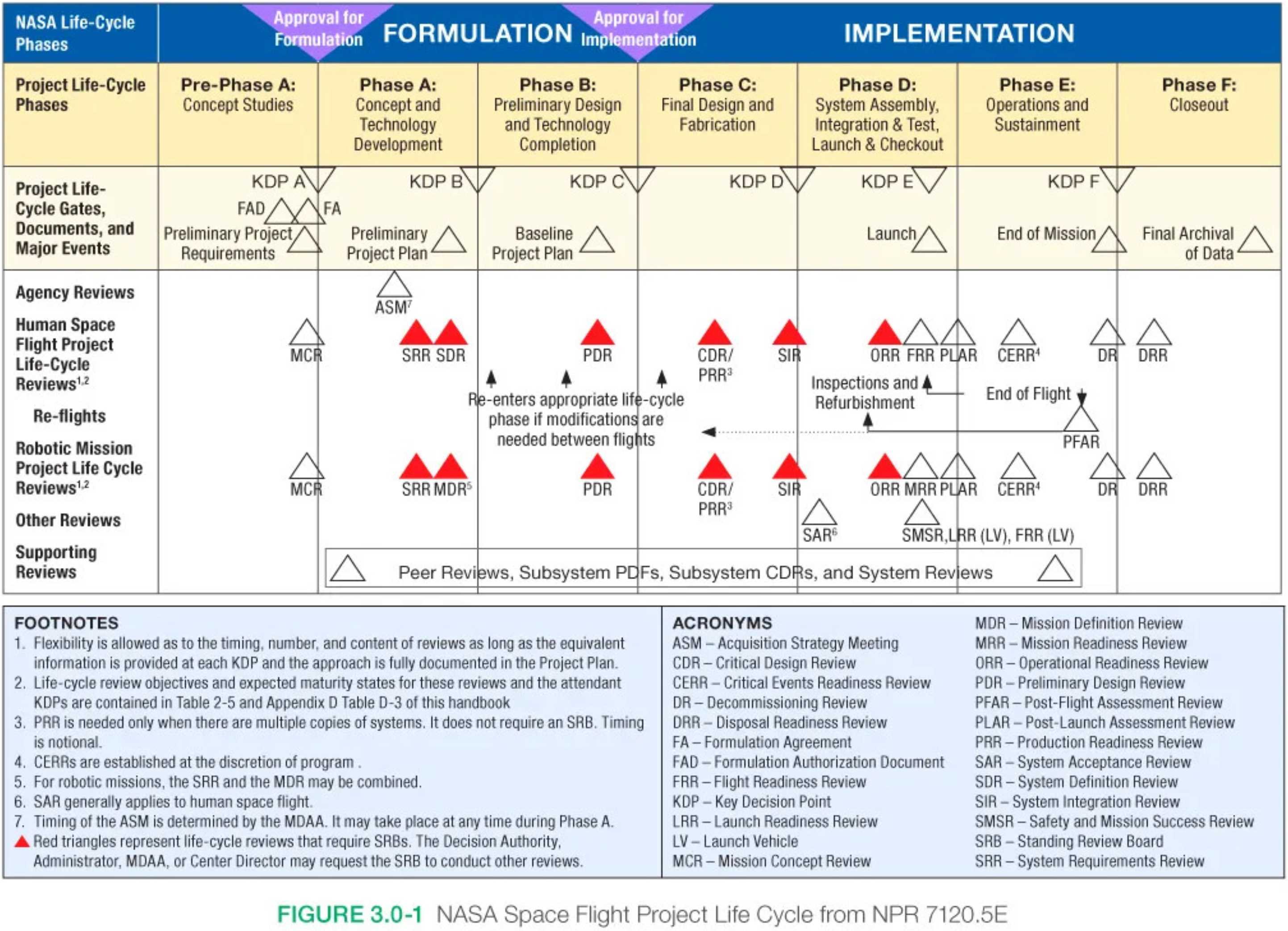NASA L'SPACE MCA
Project Overview
To understand the impact of my work with NASA L'SPACE, it's important to first appreciate the program's broader purpose. The NASA L’SPACE Program is a 12-week interactive experience for undergraduate STEM students, aiming to prepare them for a career in the space industry. It is designed to provide unique, hands-on learning and insight into the dynamic world of this industry, teaching students NASA mission procedures and protocols taught by industry professionals. There are two L’SPACE academies, and I was a part of the Mission Concept Academy (MCA), where I collaborated with a team of 12 to complete a mission-related team project. Each term features a new project. For my term, Spring 2024, we were tasked with developing a Mars rover mission concept designed to conduct science on both the surface and subsurface of Mars.
Roles & Responsibilities
I initially took the position of Computer Hardware Engineer and worked primarily on the Command and Data Handling (CDH) subsystem of the rover, covering the data computing and telecommunication subassemblies. However, after completing the SRR, I was offered a promotion to Deputy Project Manager, where I helped lead the project alongside the Project Manager and directed a Programmatics subteam, covering risk management, budget, and scheduling. After the SRR, I was responsible for both roles for the remainder of the project.
Academy Deliverables
NASA L’SPACE MCA was broken up into six deliverables that are based on NASA’s Space Flight Project Life Cycle from NPR 7120.5E. Given that the academy is conceptual, we followed this design process until the end of Phase B, which is the last phase before the design is finalized and fabrication of the rover begins. Below are listed the six deliverables that we were assigned, which span the pre-formulation and formulation phases of a traditional NASA project life cycle.
The purpose of the org chart deliverable is to guide your team in internal organization and the process of role selections.
The objective of the MCR Life Cycle Review (LCR) is to evaluate the feasibility of the proposed mission concept(s) as well as its ability to fulfill the needs and objectives of the program.
The objective of the SRR Life Cycle Review (LCR) is to evaluate whether the functional and performance requirements defined for the system are responsive to the program’s requirements on the project and represent achievable capabilities.
The objective of the MDR Life Cycle Review (LCR) is to evaluate the credibility and responsiveness of the proposed mission/system architecture to the program requirements and constraints, including available resources.
The objective of the PDR Life Cycle Review (LCR) is to evaluate the completeness/consistency of the planning, technical, cost, and schedule baselines developed during Formulation.
The Final PDR Presentation is a live session where a NASA review board evaluates the mission design. Board members critique the presentation, highlighting any errors or oversights. This critical step determines whether the mission advances to Phase C for fabrication or requires further refinement.
The Preliminary Design Review (PDR) is the culmination of all the work done by my team, Team 26, during the 12-week period in the NASA L’SPACE Program. This document is broken up into 10 sections, totaling 216 pages. Each section required in-depth research and countless hours of work, resulting in the document provided below.
Team 26 PDRAssociated Organizations
The NASA L'SPACE Mission Concept Academy (MCA) project is supported by several key organizations. Arizona State University (ASU) provides academic resources, faculty expertise, and research facilities essential for the project's development. NASA offers guidance and mentorship, ensuring project deliverables meet professional space mission standards. LUCY, NASA's Trojan asteroid mission, serves as a practical benchmark, helping students apply their knowledge to real-world scenarios. Siemens provides CAD courses, advanced software tools, free licenses, and access to an accelerated course after the academy.




Personal Contributions
Throughout my tenure in the project, I undertook multiple roles that contributed significantly to the success of our mission. I was the Deputy Project Manager, oversaw the Command and Data Handling (CDH) subsystem, and led a revision committee aimed at refining our main PDR deliverable to achieve a professional evaluation. See below for details on these various roles and their contributions to the project.
Team Management
As the Deputy Project Manager, I co-led Team 26 alongside the Project Manager and directed the Programmatics sub-team, overseeing the development of the project budget, schedule, and risk management strategies.
I facilitated the completion of key project deliverables, including the MDR, PDR, and Final PDR Presentation. This involved guiding the team through each iterative phase, setting up peer review systems, regularly checking in with teammates to ensure progress, and creating sub-deadlines leading up to the final deliverables. Additionally, I served as a key liaison between the Science and Engineering teams, ensuring cross-functional coordination and effective communication.
Our final PDR received exceptional praise for its high-quality contributions, technical understanding, and effort. Feedback highlighted the quality of our work, noting its industry-level standards and recommending minor revisions for potential resubmission to achieve professional evaluation status. This recognition places our work among the best in the program, showcasing our team's dedication and expertise.
Command and Data Handling (CDH) Subsystem
As the Computer Hardware Engineer, I was solely responsible for the Command and Data Handling (CDH) subsystem of the Endurance rover. This subsystem includes the telecommunications, data computing, and software architecture subassemblies. My key contributions are outlined below:
- Requirements Development: Created the lower-level requirements used to design the CDH subsystem, ensuring alignment with mission goals and constraints.
- Component Selection: Determined the sub-components for each subassembly using trade studies. Evaluations considered factors such as power draw, mass, cost, temperature resistance, radiation resistance, and Technology Readiness Level (TRL).
- Risk Management: Identified potential risks and implemented redundancy to enhance the reliability and robustness of the rover.
- Mass and Power Specifications: Determined the maximum mass, volume, and power draw for the CDH subsystem to ensure compliance with mission constraints.
- Verification and Validation: Outlined system Verification and Validation (V&V) plans for the CDH subsystem to ensure all components meet the necessary requirements.
- Software Architecture: Created a software architecture flowchart detailing how the spacecraft handles data, facilitating efficient data processing and communication.
- Manufacturing and Procurement: Developed the CDH subsystem manufacturing and procurement plans, ensuring timely and cost-effective production and integration of all components.
These contributions were critical to the successful design and implementation of the CDH subsystem, ensuring it meets the rigorous demands of the Endurance mission.
NASA KDP Review: Here, I am presenting an overview of the CDH subsystem to the NASA PDR review board.
Revision Committee
Building on the high evaluation status of our PDR, Team 26’s Project Manager, Anna Diaz, and I established and led a sub-team from the now-retired Team 26. This revision team consisted of seven members who worked over the summer of 2024 to further refine the PDR with the goal of achieving a professional rating, a rare accomplishment in the academy's history. In alignment with the structure of the Mission Concept Academy, Anna Diaz and I divided the deliverables into iterative phases. We also implemented peer review systems, regularly checked in with teammates to ensure progress, and conducted weekly meetings to maintain momentum and focus.


